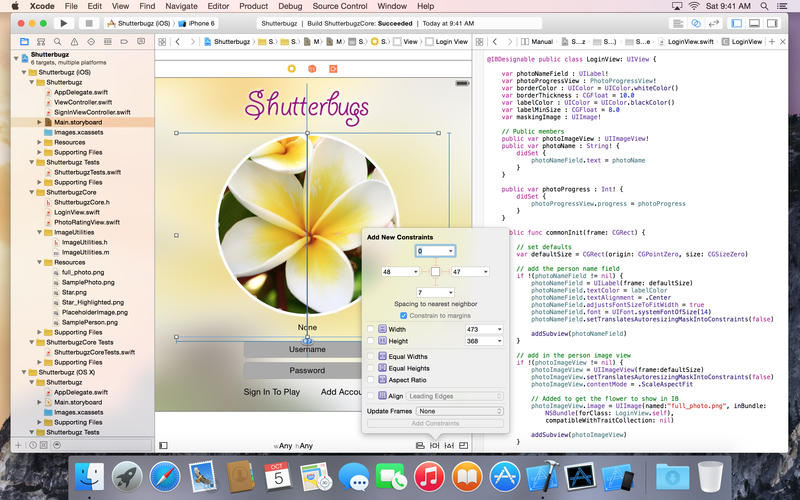

You can go with the full package or opt for the smaller one as per your needs.
Gnuplot for mac sierra install#
As an alternative, I opted for the smaller, yet feature-rich, BasicTeX package which I usually install on all my systems. For basic - and mostly all general purposes - I did not see the need to install the entire MacTeX package, which is 2.5GB in size. And that is all for GCC, which is actually simple, unlike gnuplot and Octave. You should get an output on screen saying ‘Hello, world.’ if all is well.

There, type the following two lines (press Return after each line): Then press Esc and type :wq and you will return to the first Terminal screen. In the page that opens, copy and paste these lines: #include GCC should work straight after installing Xcode. In any case, once you read and agree, proceed to the next step. Type in cancel to disagree, meaning you should probably have been reading some other article now, not this. Hit enter, read through it and type in agree at the end when prompted. This gives you a message requiring you to press return/enter to view the license. You need to have accepted the Xcode licence agreements to use many related programmes, so open Terminal and type in the following (you can copy and paste it as usual): It should take some time, though not as much as downloading Xcode. This gives you a message saying command line tools have not been installed and will offer to install them for you now proceed and install them. You can do this via the Terminal.app ( Applications → Utilities → Terminal) with the following command (which you may copy and paste):
Gnuplot for mac sierra download#
Download command line toolsĭownload command line tools for Xcode. If you have been trying to dodge your way out of Apple’s enormous 2.6GB Xcode app, get ready to face the demon: almost nothing related to coding will work on your Mac without Xcode and its libraries, so head to the App store and download Xcode.

Install gnuplot (remove the -with-name for terminals you do not need brew install gnuplot -with-aquaterm -with-qt4 -with-x11 Install aqua if you want AquaTerm brew install Caskroom/cask/aquaterm Install xquartz if you want X11 brew cask install xquartz Install homebrew via the Terminal with /usr/bin/ruby -e "$(curl -fsSL )" If all you are interested in doing is to install gnuplot save yourself the trouble of scrolling down and follow these instructions (tested on macOS High Sierra) to install both AquaTerm and X11, omitting commands as necessary if you only wish to use one and not the other. In view of public demand, below is a small update. This article has turned out to be more popular than I hoped, with several universities and academic institutions sending lots of traffic towards it, all the way from these interesting lecture notes from Stony Brook University, NY, to this Chinese (I think) forum. A couple of my views have also changed as a result of this: I think AquaTerm is good enough for gnuplot and the decision to use X11 should only be a matter of specific needs or taste. Update, 9 August 2017 Since this article was written about two years ago a new version of gnuplot has been released, as have two new versions of macOS. Specifically, the above two steps replace steps 7 and 8 in the main article below. sudo port install gnuplot +qt5 + x11 +aquaterm +wxwidgets will install gnuplot with QT5, x11, AquaTerm and WXT.Ĭlick here to skip older updates and go to the main (legacy) article which runs you through XCode, GCC etc.

Update, 6 December 2019 Since this article was written about five years ago Homebrew has changed its gnuplot installation system and does not allow picking terminals. At a time when installing games take a two clicks, it simply is not straightforward to install gnuplot.Īfter scratching my head over it for two days straight, I finally installed gcc, gnuplot, Octave and LaTeX on my new Mac (OS X 10.10.3, Yosemite) and decided to note some points/instructions down here for anyone else looking for a simple solution from start to finish contained in one place. However, it turns out that installing gnuplot (or Octave, for that matter - but let us leave that for another day) on a Mac is a pain in the neck. Hardly anyone has gone through a college mathematics or physics course without meeting the wonderful gnuplot.


 0 kommentar(er)
0 kommentar(er)
